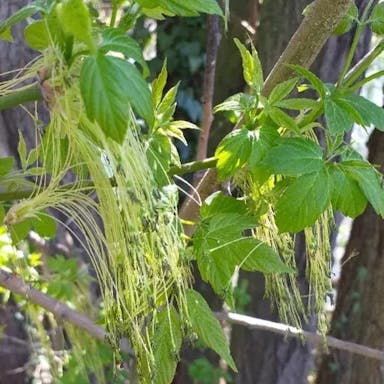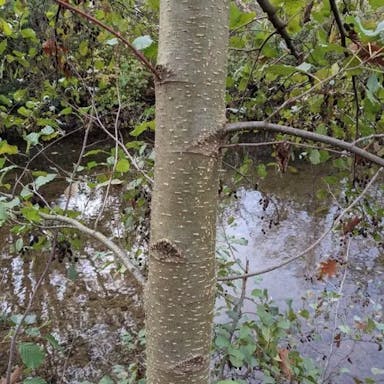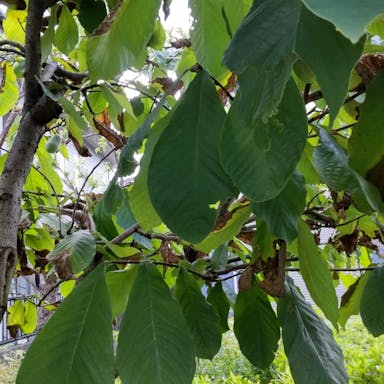Maerua crassifolia, commonly recognized as Atil, is a plant breed that plummets beneath the family Capparaceae. It is autochthonous to the arid zones of Africa, predominantly encountered in countries matching Namibia, Botswana, and South Africa. Atil is a perennial shrub that have the ability to scope a pinnacle of up to 3 meters. It has thick, fleshy evergreen leaves that are well-suited to put up with drought stipulations. The florets of Atil are diminutive and white, with a pleasing scent. They are ordered in clusters and flourish at the time of spring. The pigment of the florets contributes a stroke of elegance to the plant, alluring pollinators similar to bees and butterflies. Atil is notorious for its hardiness and power to thrive in brutal circumstances. It is suited for xeriscaping and have the ability to abide both sandy and rocky soils. The plant is additionally unsusceptible to irritants and maladies, rendering it comparatively gentle to cultivate and preserve. Regarding fruits, Atil begets small, circle capsules that hold countless seeds. These capsules ripen and revolve to auburn when mature, finally splitting disengaged to emancipate the seeds. The seeds be entitled to collected and exercised for propagation intentions. By and large, Atil is a resilient and attractive plant that contributes pulchritude to arid panoramas. Its versatility and marginal preservation necessities brand it a admired choice for gardeners and landscapers in withered areas.
0
0











